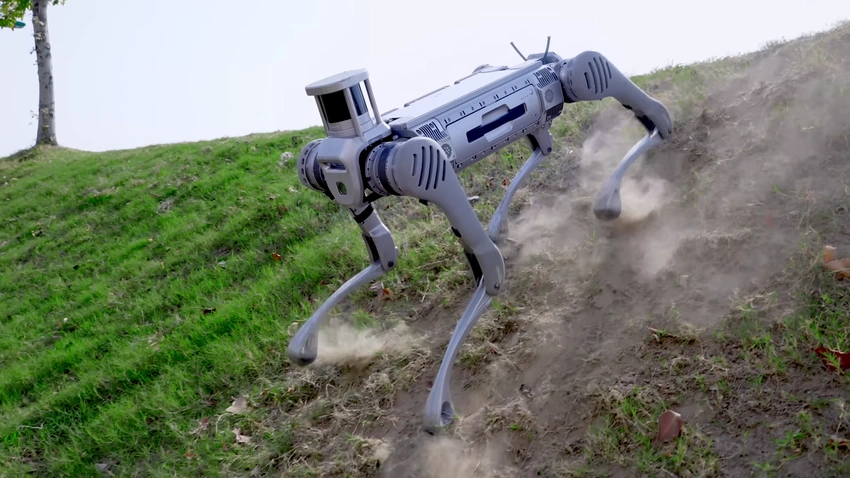
Meet the X-Fly: the flying insect that reaches 20 km/h
Inspenet, December 16, 2023. Four years after introducing MetaFly, the remote-controlled flying insect, French startup Bionic Bird has launched the new and improved X-Fly. This device…

Inspenet, December 16, 2023. Four years after introducing MetaFly, the remote-controlled flying insect, French startup Bionic Bird has launched the new and improved X-Fly. This device…

The first supercomputer capable of simulating the human brain has been developed by ICNS researchers at the University of Western Sydney.

Inspenet, December 12, 2023. On December 4, KORAIL revealed the development of an autonomous robot for railway facility inspection based on artificial intelligence and carried out…

Carbon nitride offers new possibilities for material applications

Aurelia, the world’s deepest manned submersible, offers an immersive 360-degree view and enables deep ocean exploration up to 2,300 meters.

Inspenet, December 11, 2023. A group of researchers has created a neurorobotic robot mouse with a flexible spine that can perform lateral bends, demonstrating greater agility…

Inspenet, December 10, 2023. Japanese engineers have achieved a milestone by achieving an impressive speed of 22.9 petabits per second over a single optical fiber, more…

Inspenet, December 9, 2023. Universal Robots has revealed the expansion of its product catalog by launching a new collaborative robot with a load capacity of 30…

Inspenet, December 8, 2023. Google launched its latest artificial intelligence model called Gemini this Wednesday, with the aim of competing with OpenAI's GPT models. This announcement…

Inspenet, December 7, 2023. IBM has introduced the most powerful of quantum computers, the first with more than 1,000 qubits. The company aims for this new…

Inspenet, December 7, 2023. Unitree Robotics has presented the Unitree B2, its latest version of quadruped robot intended for industrial inspection applications. This new design stands…

Inspenet, December 6, 2023. A team of researchers from Tufts University and the Wyss Institute at Harvard University has developed tiny living robots using human cells.